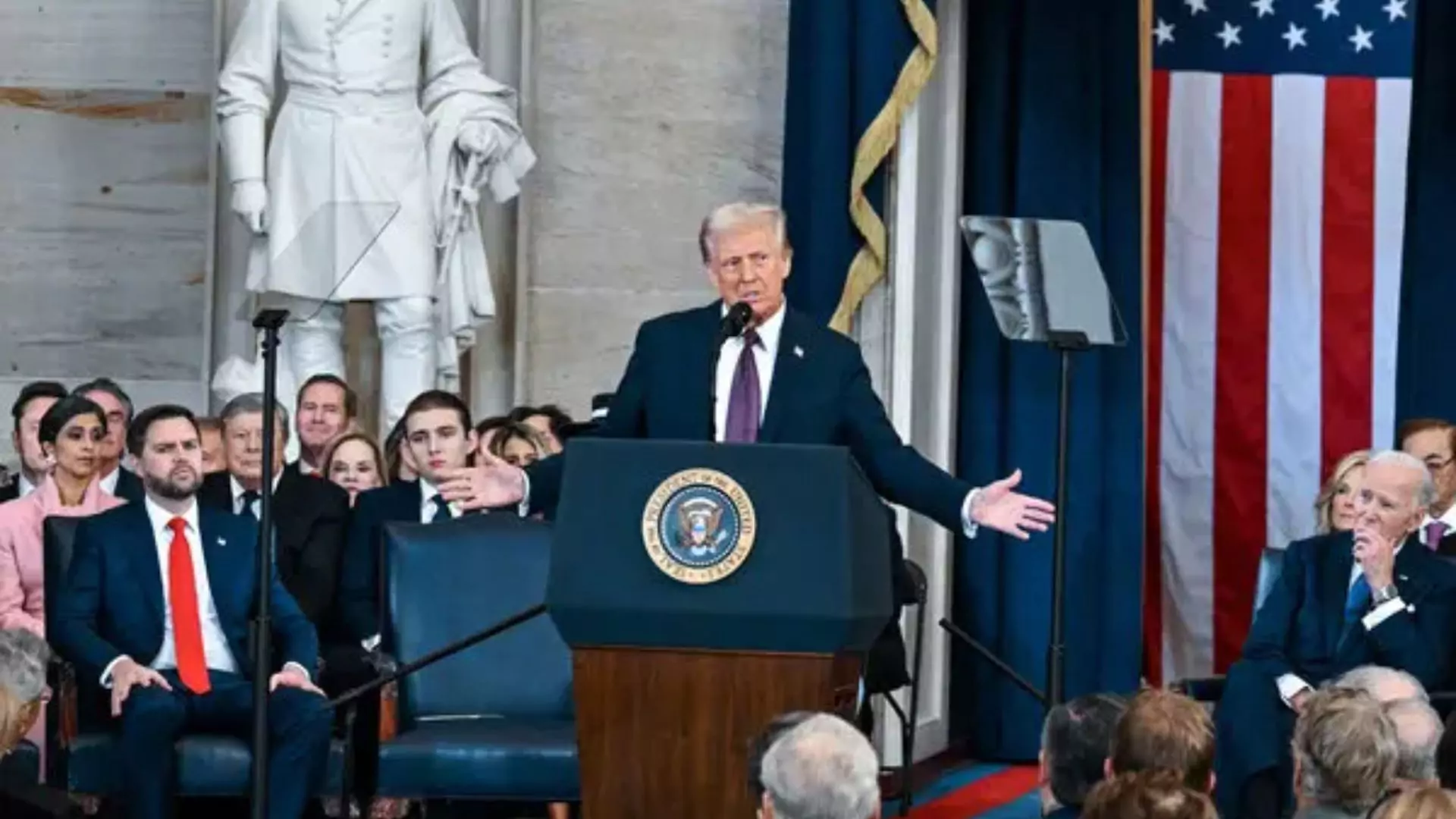President Donald Trump unveiled his long-anticipated 2025 federal budget proposal this week, marking a dramatic shift in national spending priorities. The proposed “skinny budget” includes an unprecedented $163 billion cut to non-defense discretionary programs while ramping up spending on the military and homeland security. The budget has sparked heated debate across party lines and raised concerns from public health officials, educators, and environmental advocates.
Major Cuts to Domestic Programs
At the core of the proposal is a 22.6% reduction in funding for non-defense discretionary spending—targeting federal programs the Trump administration has labeled as “woke,” “wasteful,” or “weaponized.”
Healthcare and Science: The National Institutes of Health (NIH) and Centers for Disease Control and Prevention (CDC) would see significant reductions, potentially limiting medical research and disease prevention initiatives.
Education: Funding for public education and student loan support would face steep cuts, which could impact school staffing, classroom resources, and college affordability.
Environment: The Environmental Protection Agency (EPA) would experience one of its deepest cuts in history, with the administration proposing to eliminate multiple renewable energy and climate resilience programs.
Foreign Aid: The U.S. Agency for International Development (USAID) and other international assistance programs are on the chopping block, reflecting a shift toward a more isolationist approach to foreign policy.
Surge in Military and Security Spending
While domestic programs face reductions, defense and security agencies would receive major funding boosts.
Pentagon Budget: The Department of Defense would see a 13% increase, pushing its budget beyond $1 trillion for the first time. The administration frames this as necessary to “rebuild American strength” and ensure military dominance.
Border Security: Homeland Security funding would grow by 65%, with over $1.2 billion dedicated to enhancing border infrastructure, surveillance technology, and immigration enforcement.
Military Parade: The budget includes funds for a large-scale military parade in Washington, D.C., scheduled for June 14—President Trump’s birthday and the 250th anniversary of the U.S. Army. Critics have labeled the event a political spectacle, while supporters argue it honors American service members.
Political and Public Reaction
Democrats have condemned the proposal, calling it an “attack on working families and vulnerable communities.” Advocacy groups warn that cutting support for healthcare, education, and environmental protection could have long-term negative impacts on public well-being and equity.
Republicans are divided. Some fiscal conservatives applaud the reduction in government spending and bureaucracy, while others worry that cuts to popular domestic programs could backfire politically, especially in an election year.
The Road Ahead
Congress ultimately holds the power to approve or reject the president’s budget proposal. With Democrats holding a narrow Senate majority and Republicans controlling the House, intense negotiations are expected in the coming months.
The proposal, though unlikely to pass in its entirety, sets a clear tone for the administration’s priorities: stronger national defense, tighter immigration control, and a leaner federal government.
Would you like a shorter version of this article or a social media summary?





